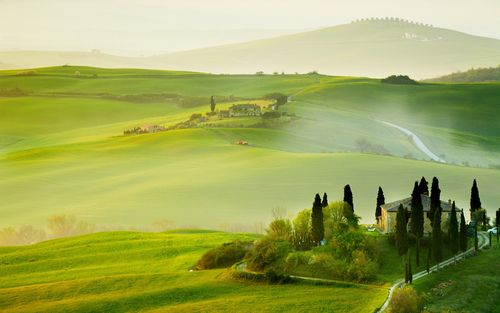Exploring the Rich Heritage of Cultural Traditional Dance
Dance has always been an integral part of human expression. It’s an art form that lives and breathes with us, bringing cultures and communities together across the globe. Traditional dance forms are one such embodiment of this ancestral and spiritual connection, standing witness to the diverse cultural heritage of various regions and countries.
In this article, we’ll delve into the rich world of cultural traditional dances, their evolution, significance, and how they continue to impact contemporary dance forms.
Evolution of Traditional Dance Forms
Dance, as an art form, has evolved throughout history, and traditional dance forms have been passed down for generations. From the ancient dance dramas of India like Kathak, Bharatanatyam, and Kathakali, to the folk dances of Europe like Flamenco, Irish step dancing, and the Nordic Schottische, traditional dance forms highlight the unique cultural experiences of their respective regions.
These dances came about as a result of socio-cultural, political, and religious influences shaping the sensibilities and values of different societies. However, despite their origins, traditional dances provide a glimpse into the deeper meaning of humankind’s cultural roots.
Significance of Traditional Dance Forms
Traditional dance forms are not just a means of entertainment but are embedded with cultural, social, and spiritual significance. They serve as a powerful tool for transmitting values, knowledge, history, and identity from one generation to another.
Traditional dances embody a community’s collective memory and reflect the people’s moral, social, and aesthetic norms. They celebrate the richness of their culture, allowing people to honor their roots and express their identities.
However, traditional dances often face the threat of diminishing due to changing demographics, globalization, and a lack of resources. This is why it’s crucial to preserve them for future generations.
Preservation and Modernization of Cultural Dances
Preserving traditional dance forms entails documenting, researching, and disseminating knowledge on their origin, evolution, and significance. This can be achieved through the creation of archives, museums, and training centers that teach traditional dances to the younger generation.
Moreover, modernization of traditional dances is necessary to keep them alive while also staying creatively relevant in today’s world. Modernization calls for innovatively blending the old with the new, bringing in fresh perspectives and new approaches to these traditional art forms.
Conclusion
In conclusion, traditional dance forms showcase the rich and diverse cultural heritage of different regions across the world. They connect people and serve as a means of transmitting knowledge and values to posterity. As custodians of these cultural treasures, it’s our responsibility to preserve, promote and modernize them in ways that stay true to their essence while harnessing their potential to inspire new generations. Let’s continue to celebrate and enjoy traditional dances and ensure they stay alive and vibrant in our world today.
(Note: Do you have knowledge or insights to share? Unlock new opportunities and expand your reach by joining our authors team. Click Registration to join us and share your expertise with our readers.)
